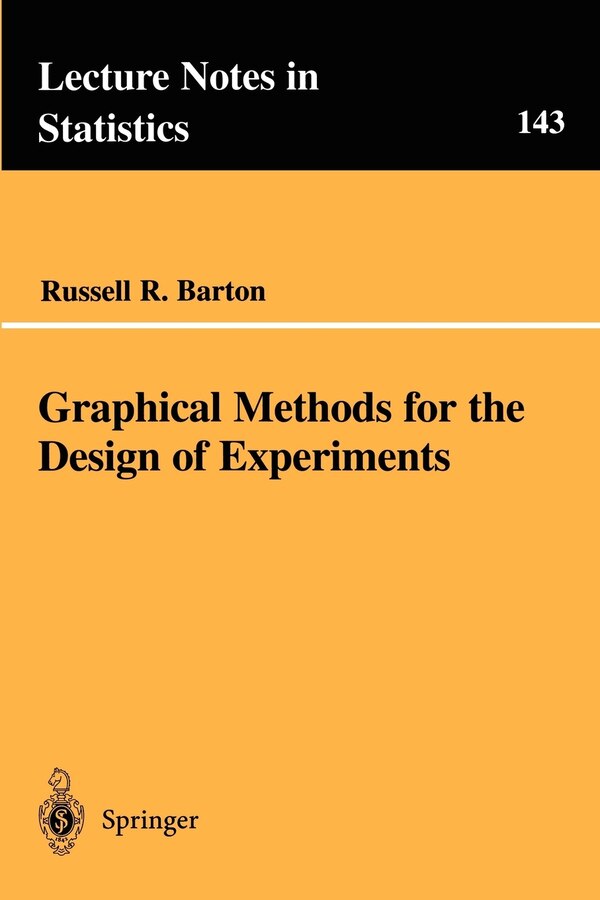Home
Graphical Methods for the Design of Experiments by Russell R. Barton, Paperback | Indigo Chapters
Loading Inventory...
Indigo
Graphical Methods for the Design of Experiments by Russell R. Barton, Paperback | Indigo Chapters
From Russell R. Barton
Current price: $175.50


Indigo
Graphical Methods for the Design of Experiments by Russell R. Barton, Paperback | Indigo Chapters
From Russell R. Barton
Current price: $175.50
Loading Inventory...
Size: 1 x 9.25 x 1.48
*Product information may vary - to confirm product availability, pricing, shipping and return information please contact Indigo
Graphical methods have played an important role in the statistical analysis of experimental data, but have not been used as extensively for experiment design, at least as it is presented in most design of experiments texts. Yet graphical methods are particularly attractive for the design of experiments because they exploit our creative right-brain capabilities. Creative activity is clearly important in any kind of design, certainly for the design ofan experiment. The experimenter must somehow select a set of run conditions that will meet the goals for a particular experiment in a cost-efficient way. Graphical Methods for Experiment Design goes beyond graphical methods for choosing run conditions for an experiment. It looks at the entire pre-experiment planning process, and presents in one place a collection of graphical methods for defining experiment goals, identifying and classifying variables, for choosing a model, for developing a design, and for assessing the adequacy of a design for estimating the unknown coefficients in the proposed statistical model. In addition, tools for developing a design also provide a platform for viewing the results of the experiment, a platform that provides insights that cannot be obtained by examination ofregression coefficients. These techniques can be applied to a variety of situations, including experimental runs of computer simulation models. Factorial and fractional-factorial designs are the focus of the graphical representations, although mixture experiments and experiments involving random effects and blocking are designed and represented in similar ways. | Graphical Methods for the Design of Experiments by Russell R. Barton, Paperback | Indigo Chapters







